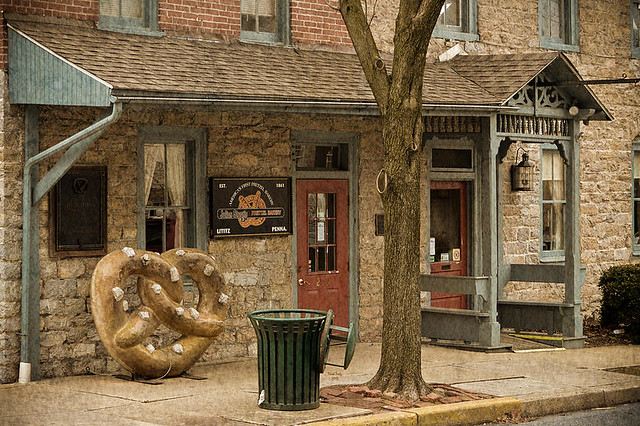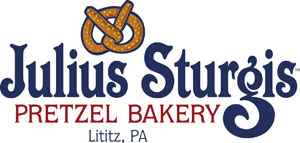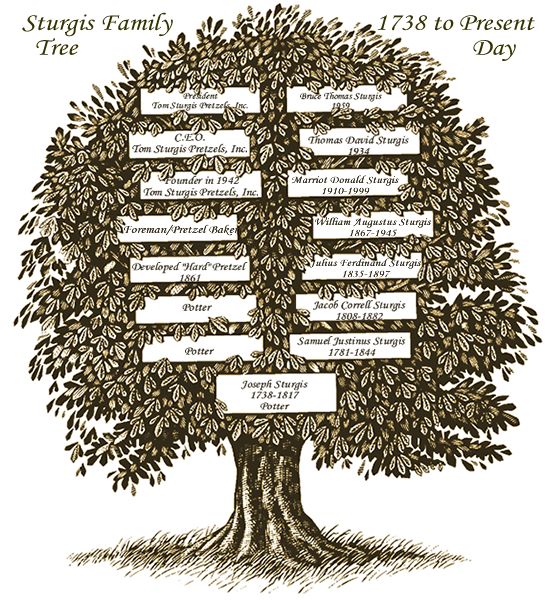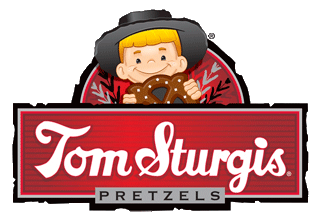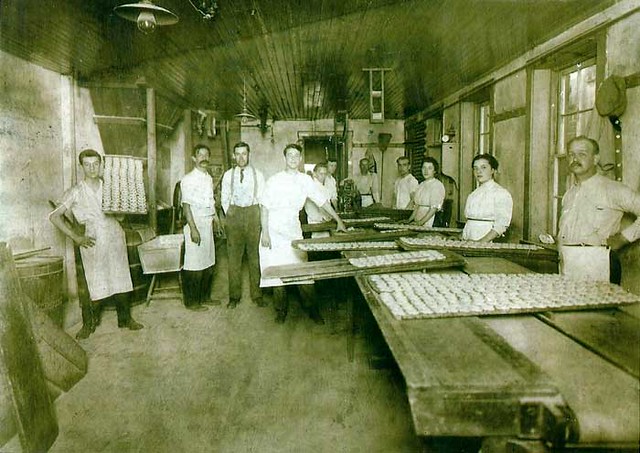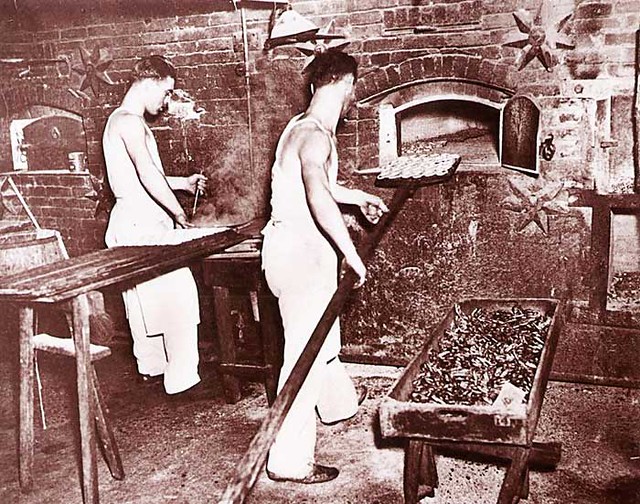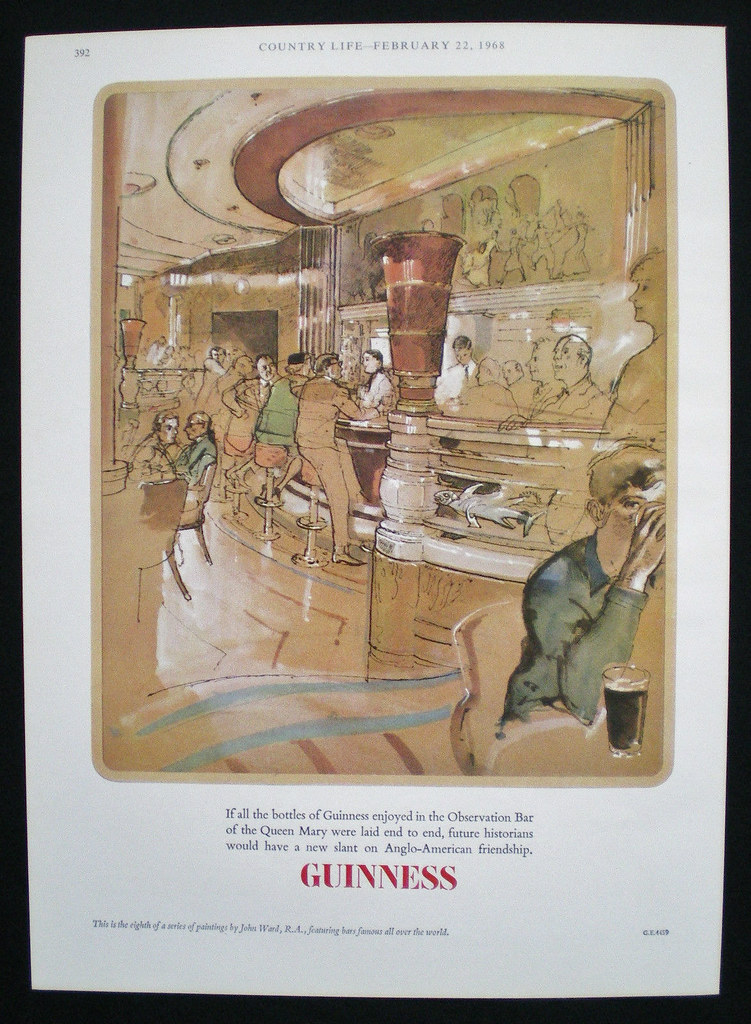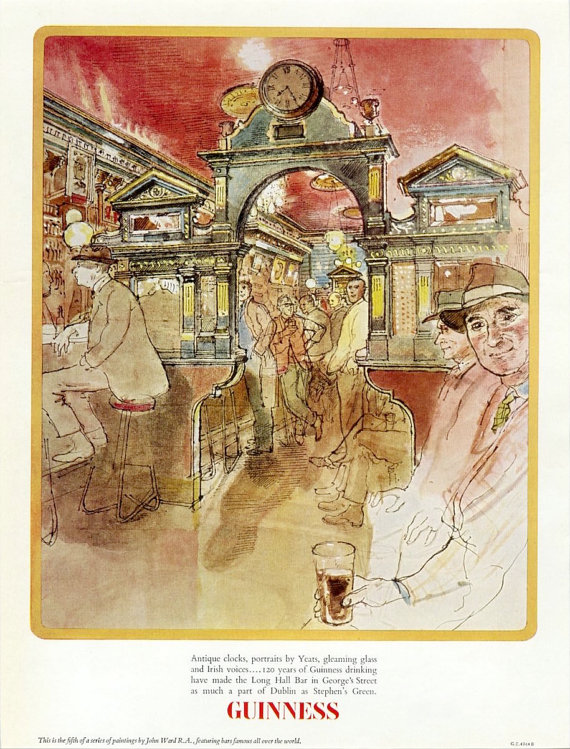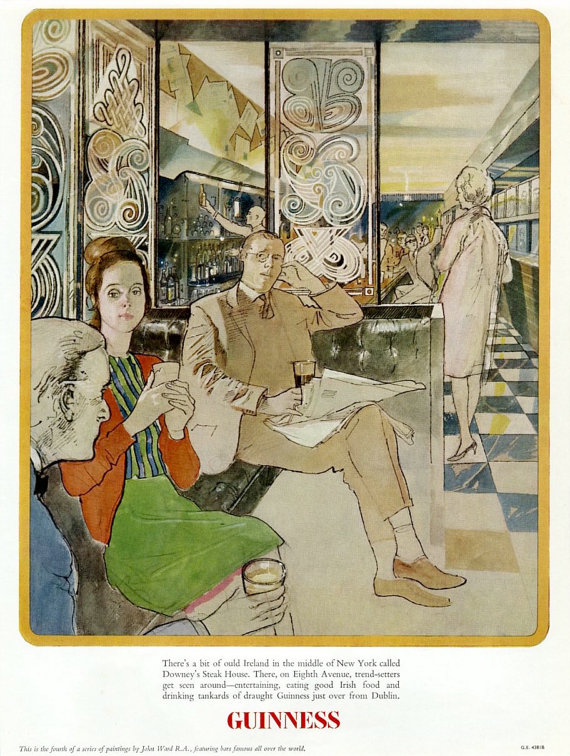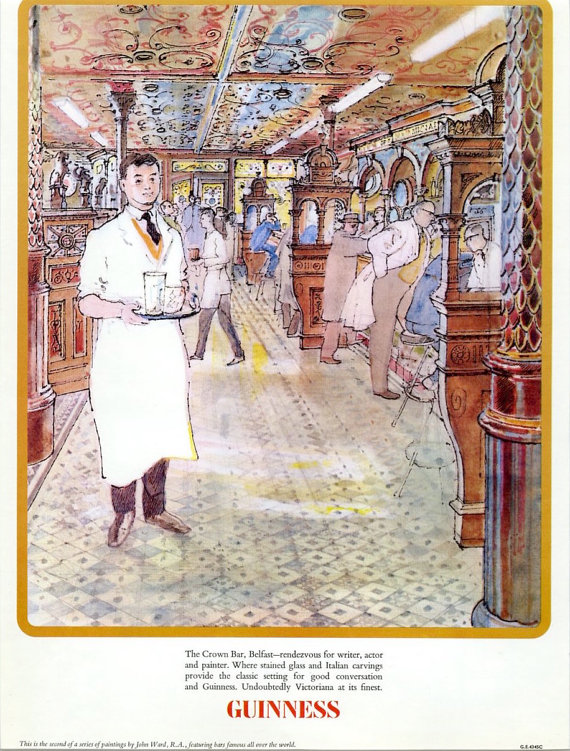
Today is the birthday of famed bartender Andrew MacElhone (February 8, 1923-September 16, 1996) whose father opened the famous Harry’s New York Bar in Paris, France in 1911.
It was originally founded by American jockey Tod Sloan, who so wanted to create the atmosphere of a New York saloon that he actually bought one in New York, had it dismantled, shipped to Paris and rebuilt it where it stands to day at 5 rue Daunou (Sank Roo Doe Noo). It’s original name was simply the New York Bar when it opened on Thanksgiving Day in 1911. Sloan initially hired a Scottish bartender from Dundee named Harry MacElhone to run it, who twelve years later bought the bar in 1923 and added his first name to it. Shortly after opening, it began attracting American expatriates and celebrities, including such “Lost Generation” writers as F Scott Fitzgerald, Gertrude Stein and Ernest Hemingway. George Gershwin supposedly wrote “An American In Paris” there, and it has been visited by many movie stars over the years, from Humphrey Bogart to Clint Eastwood. In the book Casino Royale, Ian Fleming’s character Bond said it the best place in Paris to get a “solid drink.” It’s also where the Bloody Mary was first conceived, as well as the White Lady and the Sidecar.
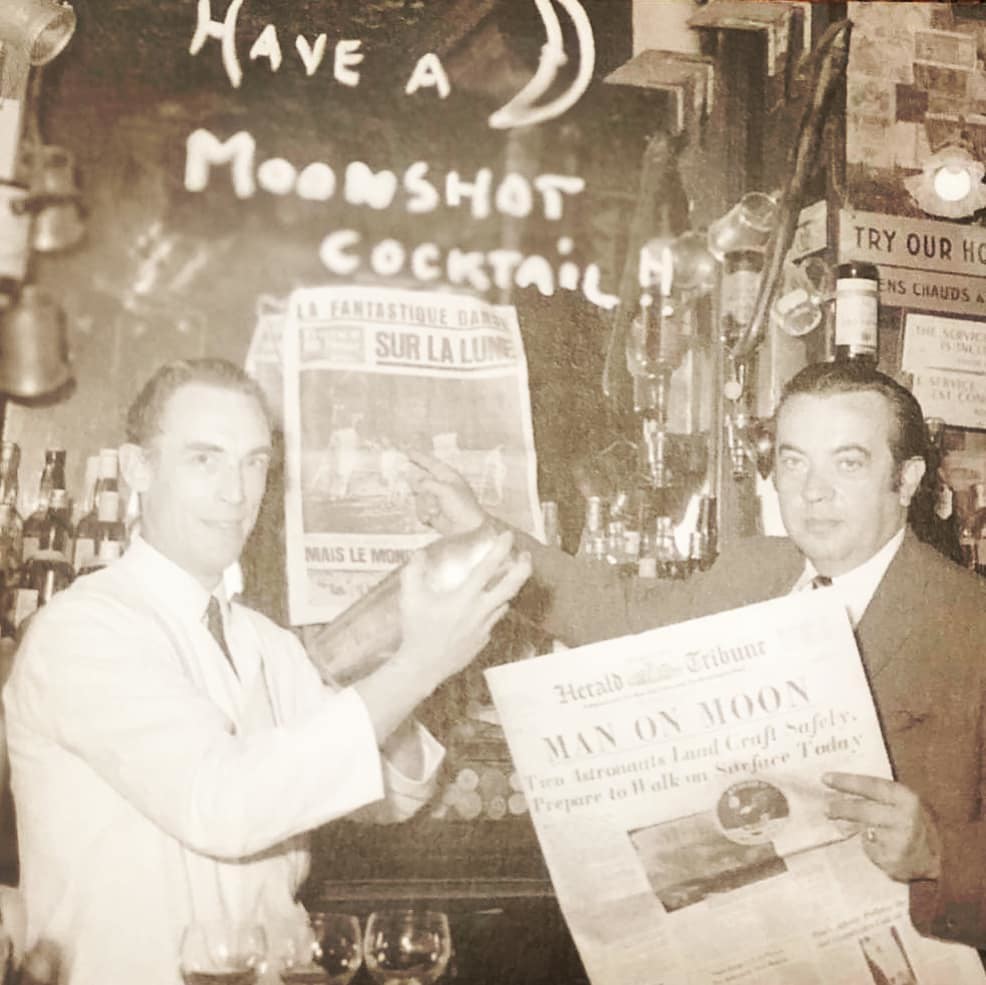
Andrew started working in the bar in 1939, when he was 16, and never left. He took over for his father Harry MacElhone in 1958 and continued to run the bar for 31 years, until 1989. He’s also credited with creating the Blue Lagoon cocktail in the 1960s, when Blue Curaçao was first available in bottles.
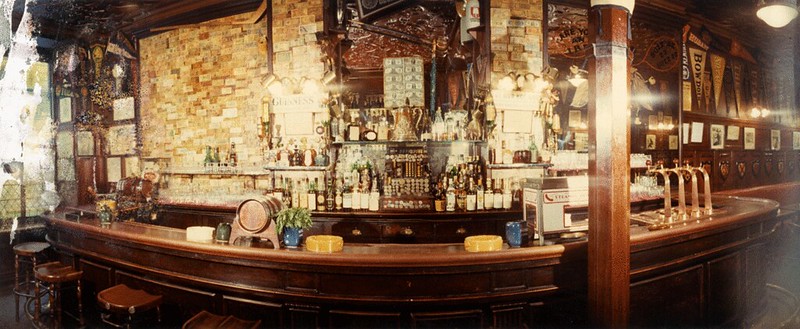
Harry’s New York Bar in Paris.









